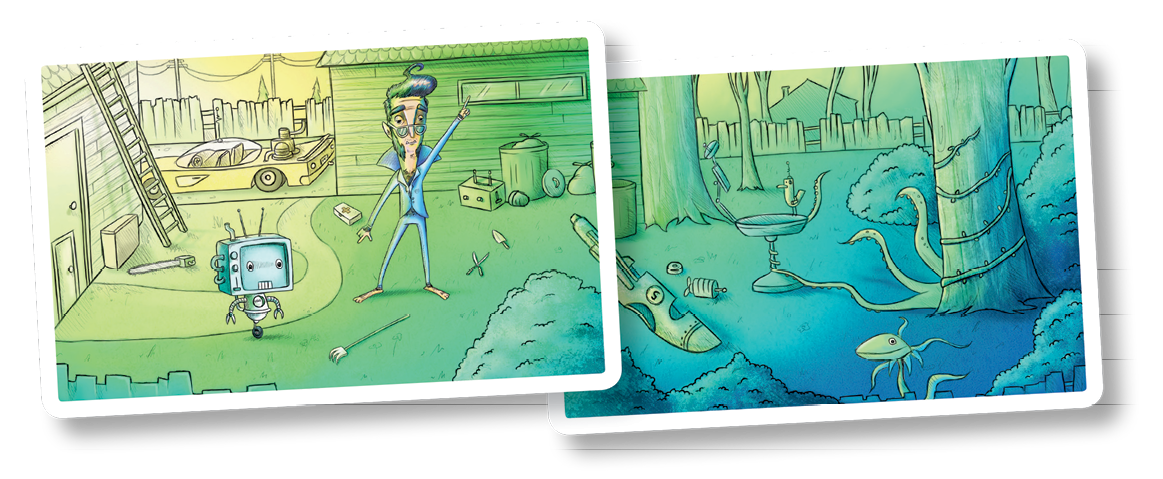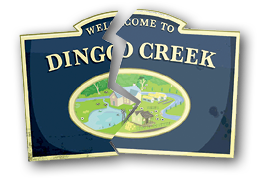

Before the Storm is an education product from the Australian Emergency Management Institute’s (AEMI) School Education Program, in support of the COAG National Strategy for Disaster Resilience.
Based on the Severe Storm Action Guide produced by the Attorney-General’s Department in consultation with State Emergency Services, this free educational iPhone/iPod touch game is designed to assist students (aged 10 -15 years) and their families become better prepared for what to do before, during and after a major storm.

Using a gothic house as its setting, students are invited to join a world of a mad scientist, a cyborg robot, iGor, The Thing, Wolfman Elvis and their beasties as work their way through a series of tasks in preparing the house for an impending storm. Students need to find items that they will need for an emergency kit and once they have found these items, they will need to use the items to prepare for before and when the storm hits.
The game is broken into four stages:
Before the Storm also introduces concepts of recovery after disaster events, including cleaning up safely after a storm and repairing items that have been damaged.
During the launch the Hon Nicola Roxon MP, Attorney-General and Minister for Emergency Management said the game was a timely reminder of how important it is for communities to be disaster resilient, and well prepared for severe weather events. She went on to say, “Big storms can be frightening for kids but learning what to do when a natural disaster strikes will be as easy as pulling out your iPhone and playing Before the Storm”.
“The devastating floods here in Victoria and in New South Wales ...... prove how important it is for communities to be well prepared for severe weather events.”
”I encourage teachers to use this storm awareness tool to broaden knowledge about disaster resilience and to make it a catalyst for discussion and learning in the classroom,” Ms Roxon also said.
More information about the ‘Before the Storm’ game can be found on the Emergency Management for Schools website www.em.gov.au/schools. The game is available at Apple-iTunes, search for Before the Storm or AEMI.
Sitting beside Before the Storm are a number of additional resources that have been developed through AEMI’s School Education program, all with the overarching aim of building disaster resilience in communities through schools, their students and their communities. AEMI’s School Education resources using different mediums to aid this process, catering to different learning styles and learning needs.
Living with Disaster – A digital stories series captures the stories of young people following disasters and allows them to depict their story through image, text and music.

Disaster Mapper – which is a web-based resource that utilises media, text and images to show over 50 events covering 10 disaster types that have occurred in Australia from late 1800’s to current day.

Dingo Creek – The Disaster & Dingo Creek – The Recovery are engaging, easy to use multimedia learning tools with accompanying classroom activities and resources. The players travel back in time to save the fictional small community of Dingo Creek from a disaster that has struck the town. In the second game, players explore how to build community resilience as they help the community recover. Dingo Creek provides interactive content for students and teachers that is based on real life issues and problems that affect a community during and after a disaster.
